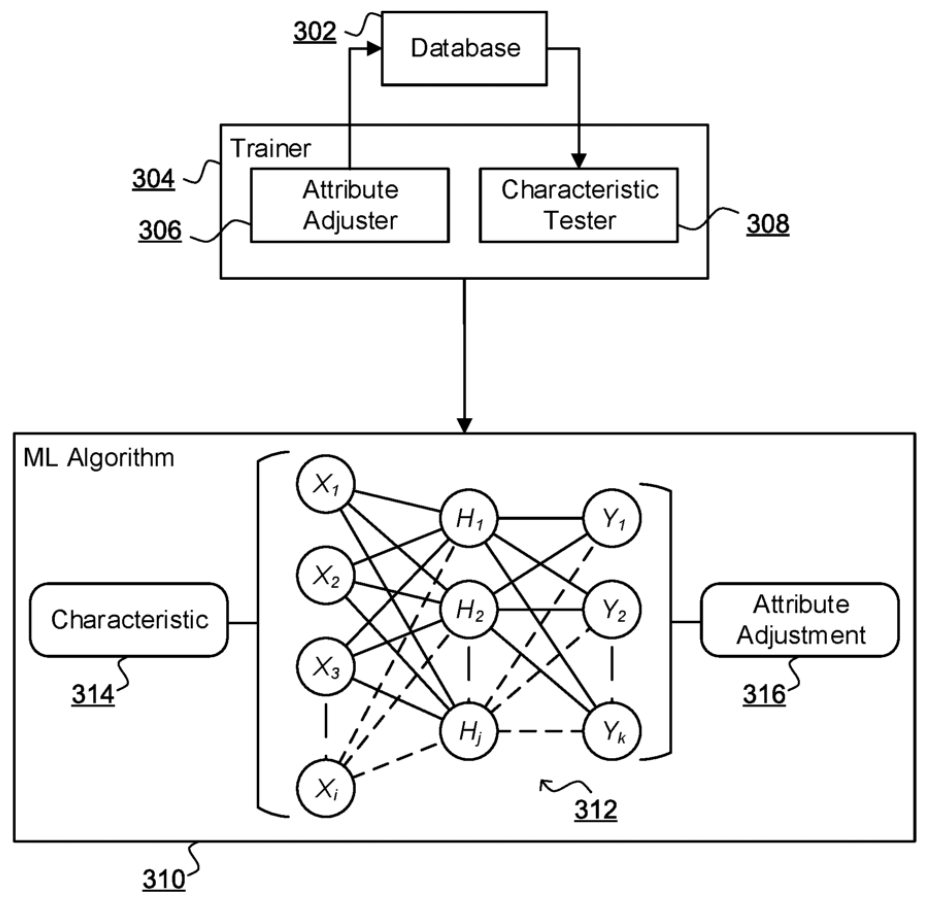Two new patents published today that work together to support the configuration and discovery of distributed sequential transactional databases (aka distributed ledger technology, or blockchain).
CONFIGURING DISTRIBUTED SEQUENTIAL TRANSACTIONAL DATABASES

Distributed ledgers are living breathing ecosystems, subject to change based on behaviour of participants. The first invention provides a mechanism for DLT users to specificy a minimum acceptable configuration, almost like a service level agreement. Intelligent mechanisms help maintain blockchain homeostasis by managing the provisioning of resources to adjust performance. It's not suitable for public or proof-of-work based ledgers, but ideal for private ones where minimum levels of performance must be guaranteed.
A computer implemented method of configuring a distributed sequential transactional database for a software application operating with the database, the method comprising: receiving a descriptor for the application specifying characteristics of the database required for the application; accessing the databases to determine an extent to which each the database complies with the characteristics in the descriptor; responsive to the determination, identifying one or more attributes of the database for adjustment based on the characteristics in the descriptor so as to improve the extent of compliance of the database with the characteristics in the descriptor, the one or more attributes being determined by a machine learning algorithm trained to categorise database characteristics in terms of suitable adjustments; adjusting the database in accordance with the determined attributes.
DISTRIBUTED SEQUENTIAL TRANSACTIONAL DATABASE SELECTION

The second invention aims to simplify and promote DLT usage through the use of an intelligent discovery system. Rather than tying an application to a single blockchain, you specify the requrements for your application and a suitable one is found. You can even have trade offs, for example, an IoT application may favour guarantuee of delivery rather than security, whilst the opposite might be true of a financial application. This also means an application can make use of muiltiple blockchains over its lifetime.
A computer implemented method of provisioning a distributed sequential transactional database for a software application comprising: receiving a descriptor for the application specifying characteristics of the database required for the application; accessing a registry of distributed sequential transactional databases and filtering the registry based on the descriptor to define a subset of databases; accessing each of at least some of the databases in the subset to verify an extent to which each accessed database complies with the characteristics in the descriptor, and associating a degree of compliance with each accessed database, such that databases in a subset of accessed databases having a degree of compliance meeting a threshold degree of compliance are determined to be compliant databases; ranking the compliant databases in terms of the degree of compliance to select a database for access by the application.